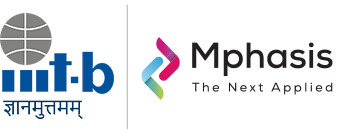Models for evaluation of artistic outputs in constructivist learning
Overview:
Learning is a deeply individualized activity, and a given process of learning results in different kinds of assimilation in different learners. One of the ways to understand different patterns of assimilation of a learning material is to use constructivist learning, where learners are expected to construct some form of creative output.
The work of creativity in its purest sense is extremely unique and exclusive to the individual who has created it. This is what makes every art and the artist unique. It is believed to be a very personal experience for the creator of the art as well as for the audience / viewers / listeners. So, evaluating art as an equivalent to judging the art is something that the artists as well as the art connoisseurs frown upon.
But when the Art is applied for a particular outcome, as in this case – Education and learning, it becomes important to understand the results of the application qualitatively and quantitatively. So here, when art plays the role of creating a structure / pedagogy in education, it takes a different role than just individual imagination and creativity. Therefore, evaluation becomes important to understand the child’s level of participation and understanding in the topic rather than the art itself. So, here, the child’s art work is not evaluated, but the learning abilities and progress of the child through art – is evaluated.
Parameters of Evaluation
The content created based on the textbook curriculum through the medium of art, has 3 major elements –
- The level of learning of the curriculum concept.
- The Skill level in the artform used
- Life skills / other values learnt
- In order to get the actual evaluation of the child’s work, a blend of all these three areas could be done qualitatively and quantitatively. In the context of the tech platform, the basic parameters under this could be done by the technology itself. The qualitative analysis, customised to the child could be done by the individual / teacher.
TEAM MEMBERS:
Dr. Srinath Srinivasa (IIITB)
Dr. N Rajashree (DramaaTech Innovations)
